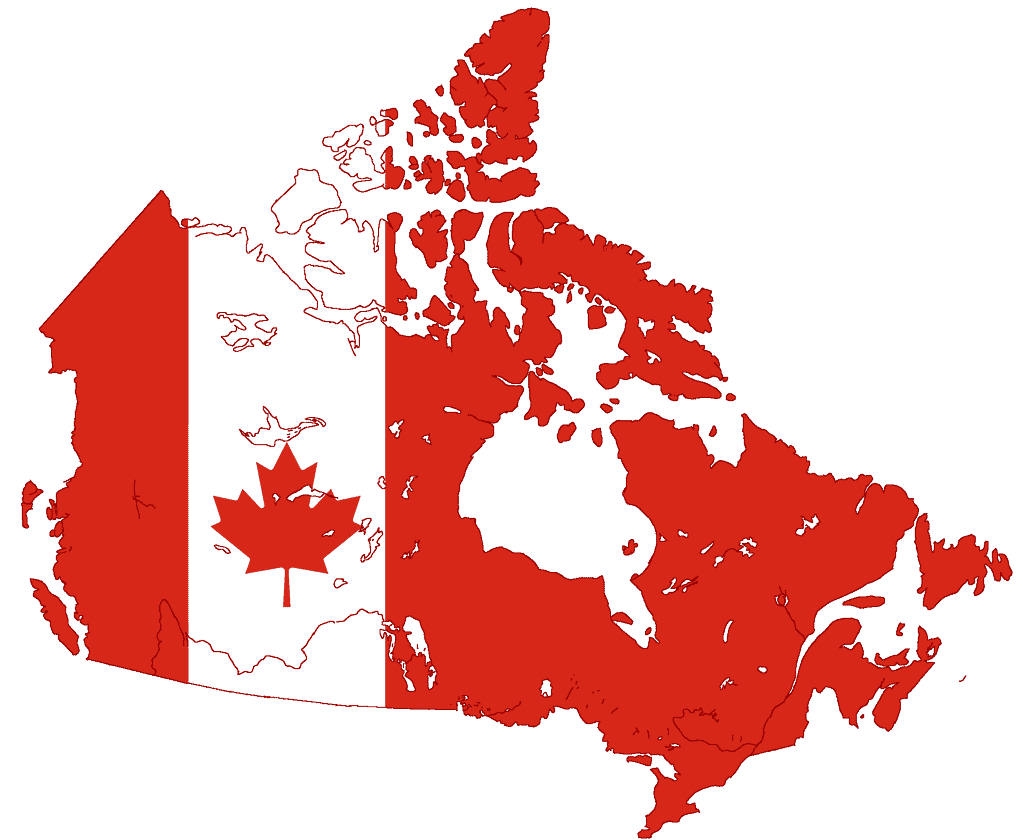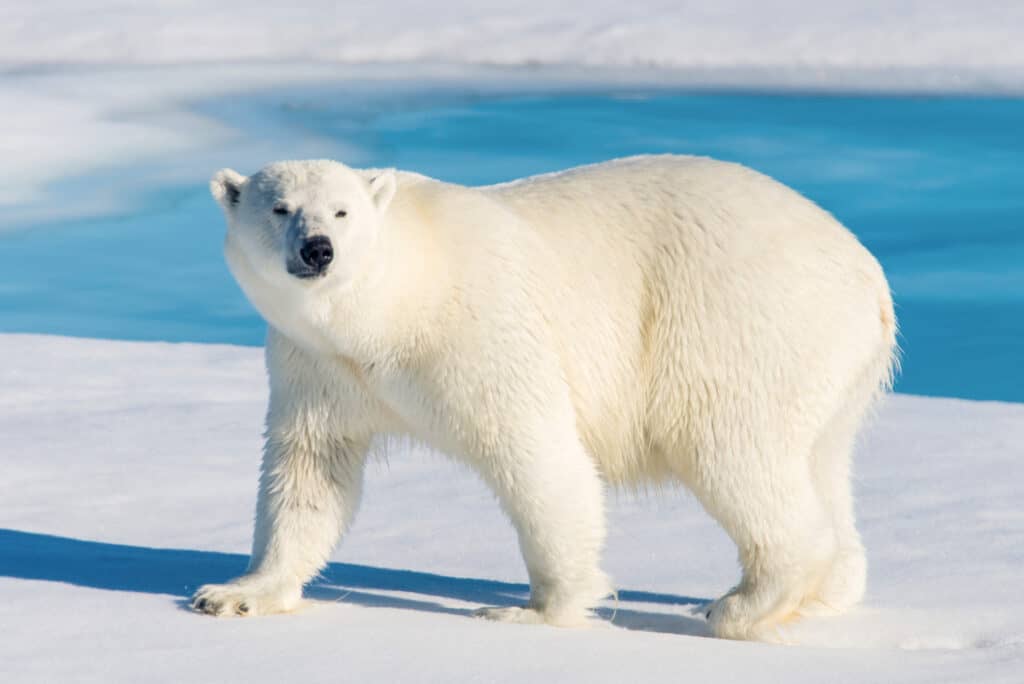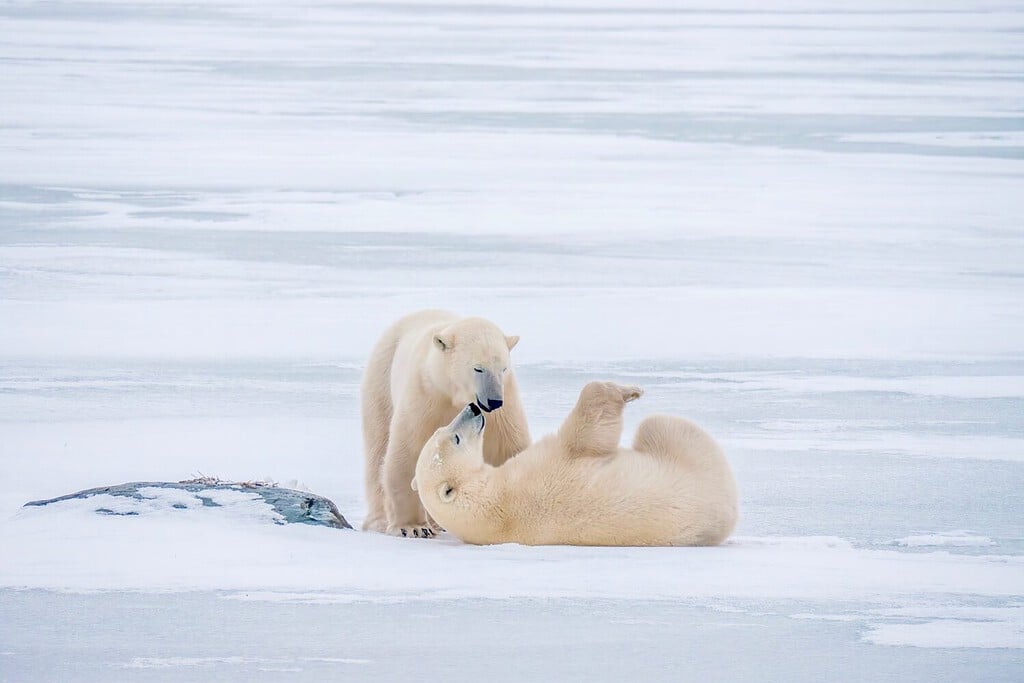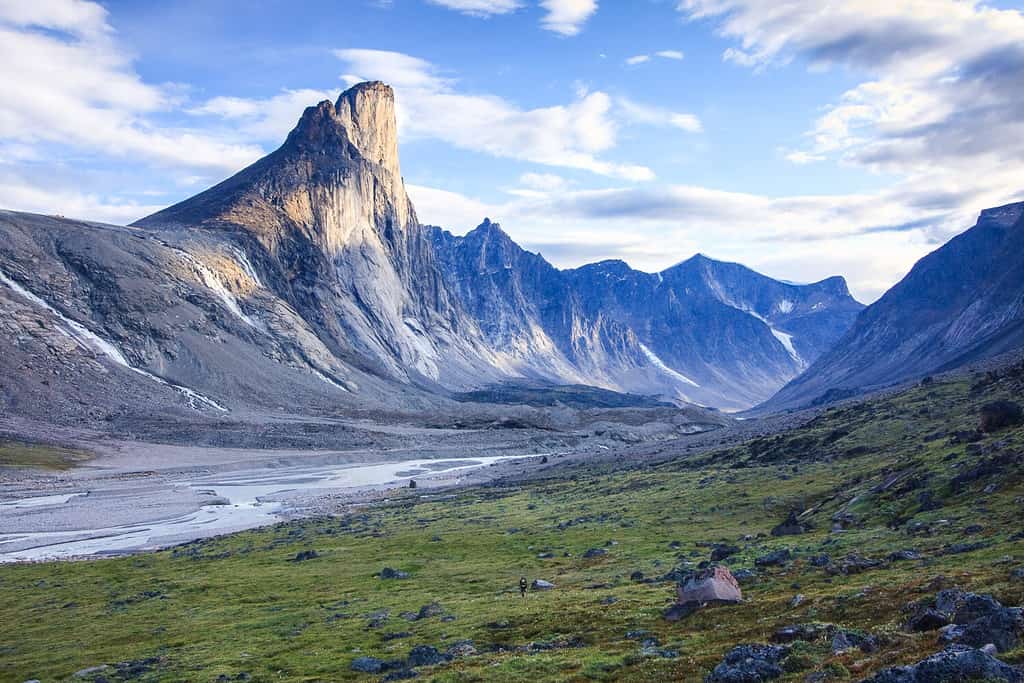Have you ever wanted to see a polar bear in real life? If you live in Canada, there are plenty of opportunities and tours, although the tours are pricey. Although polar bears are majestic and amazing creatures to admire, they are also excellent hunters that you should never bother in the wild. Polar bears are aggressive and have attacked humans before. Still, there are places in Canada where you can see them at a safe distance. Follow along to learn more about polar bears in Canada including the top three best places to see them!
How Many Polar Bears Are in Canada?
In the world, there are between 22,000 and 31,000 polar bears, not including those in captivity. Out of these polar bears, about 16,000 live in Canada. They aren’t spread out throughout Canada though. You can mainly find these large bears in northern Canada along the coastal regions of the Arctic Ocean. Polar bears are currently listed as Vulnerable on the IUCN Red List.

There are about 16,000 to 17,000 polar bears residing in Canada.
About Polar Bears
Before we dive more into where you can best see polar bears in Canada, let’s learn more about these large and amazing creatures. Polar bears are large mammals native to the Arctic and surrounding areas. Although most common in Canada, you can also see polar bears in Alaska (United States), Russia, Greenland, and Norway.
Polar bears have distinct appearances and sizes. However, not all polar bears look the same. They are the largest living bear species and land carnivores in the world. Polar bears are large with long necks and curved snouts. They have between 34 and 42 sharp and powerful teeth. Although their teeth are equipped to bite into small mammals, they don’t have a strong bite force. Instead, they use their paws and claws to hunt. Although polar bears are known for their snow-white fur, the fur yellows as it’s exposed to the sun. Some polar bears also have a grey or brown coloration.
So, how big can a polar bear get? On average, male polar bears are 6.6 to 8.2 feet long and can weigh as much as 1,760 pounds. Females on the other hand are smaller at 5.9 to 6.6 feet long and may weigh up to 660 pounds. When a polar bear stands, they are anywhere from 4.3 to 5.5 feet tall.
Polar bears may travel up to 7.5 miles a day depending on their environment. They use drifting ice to migrate. Generally, polar bears walk at a pace of under 4 mph but can run in short bursts of up to 25 mph. They only move this fast when hunting down prey or protecting their young.

Male polar bears are larger than females.
©iStock.com/Alexey_Seafarer
The 3 Best Places to See Polar Bears in Canada
Although you can see them in more than three places in Canada, here we have a list of the top three best places to view polar bears in the country. Remember, as incredible as these animals are, they are still wild animals and should be treated with respect and caution.
Churchill
Have you ever heard of Churchill in Canada? It’s widely known as the polar bear capital of the world. Churchill is in northern Manitoba on the west shore of Hudson Bay. The city has a surface area of 19.63 square miles. Although a popular tourist destination for those who want to see polar bears and whales, the population of Churchill is only roughly 900.
In Churchill, you can view polar bears migrating inland or to the coast. Churchill is one of the few places left in the world where you can view polar bears in their natural habitats. There are different ways to view these polar bears safely.
While in Churchill, you can take a walking, boat, vehicle, or helicopter tour. On the Tundra Walking tour, visitors can walk near the polar bear’s habitat with an experienced guide. There is an option to stay in a wilderness lodge with a protective fence.
One of the most popular polar bear tours in the area is the buggy or vehicle tour. Here you can explore the Hudson Bay shoreline in a safe vehicle designed to carefully take you close to polar bears. The vehicles are specifically designed for the northern landscape.
You aren’t limited to just seeing polar bears in Churchill. You can also whale watch by booking a tour by boat. The best time to see the whales in this city, specifically beluga whales, is from mid-June to mid-August.

One of the best places to see polar bears in Canada is in Churchill.
©CherylRamalho/Shutterstock.com
Polar Bear Provincial Park
Although not as excellent as Churchill’s, another place you may see polar bears in Canada is Polar Bear Provincial Park. This park is in the far north of Ontario, Canada on the western shore where James Bay joins Hudson Bay. You can only visit this 9,093 square miles by air. It’s very remote and was established in 1970.
According to the Ontario Parks, there are up to 200 polar bears at any given time within the park. The best time to view these amazing animals is during November. If you are looking to camp and visit the Polar Bear Provincial Park, you’ll need to pack for any eventuality and pack for an extra week as weather may delay your return.
Polar Bear Provincial Park is a hidden gem. This lovely park is also home to other plants and animals like seals, moose, caribou, and sphagnum moss.
Auyuittuq National Park
Last but not least is Auyuittuq National Park in Nunavut, Canada. Its name translates to “the land that never melts”. You can find this breathtaking national park on Baffin Island’s Cumberland Peninsula, in the Qikiqtaaluk Region. Previously, this park was called Baffin Island National Park from 1972 to 1976. The surface area of this beautiful national park is 8,290 square miles. Not only do you have a chance to spot polar bears when visiting, but also red foxes, beluga whales, snowy owls, grow geese, Canadian geese, barren-ground caribou, and Arctic hares.
So, what is there to do in Auyuittuq National Park? Tours are heavily recommended as this national park can be dangerous due to the cold, weather, and large animals. While here, visitors can hike, ski, climb, snowmobile, and more.

Auyuittuq National Park was established as Baffin Island National Park in 1972.
©Ed Dods/Shutterstock.com
What to do if you Encounter a Polar Bear
If you’re lucky enough to encounter a polar bear, it’s best to do so at a safe distance. Polar bears are highly aggressive and have been recorded attacking humans. If you see a polar bear in the wild, and they haven’t noticed your presence, quietly back away and try to not attract the bear’s attention. You can also crouch down away from any blowing wind. Polar bears have an excellent sense of smell and may scent you long before seeing you.
While polar bear attacks are dangerous and generally fatal, they are also rare. There are only between 1 to 3 polar bear attacks every year, worldwide. Some years no recorded attacks happened. However, if you are attacked by a polar bear, don’t run. Fight back if possible. Throw any object into its face. Although tempting, playing dead doesn’t deter a polar bear. Like grizzly bears, polar bears may still attack or claw at people ‘playing dead’. While polar bears are fierce hunters, they are also opportunistic and scavenge on dead animals.
Preventing a polar bear encounter isn’t always possible. However, to lower your chances, you can travel in large groups and make noise while hiking. Polar bears are less likely to attack if there are multiple people. Also, stay away from seal or whale carrion as polar bears frequently feed from them.
The photo featured at the top of this post is © iStock.com/xiaoying shi
Thank you for reading! Have some feedback for us? Contact the AZ Animals editorial team.







